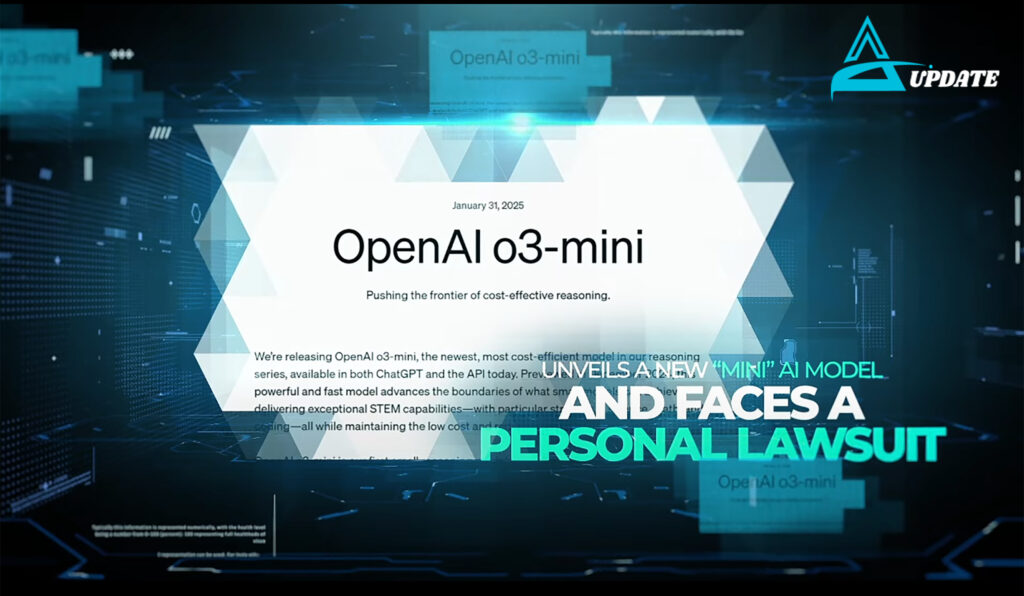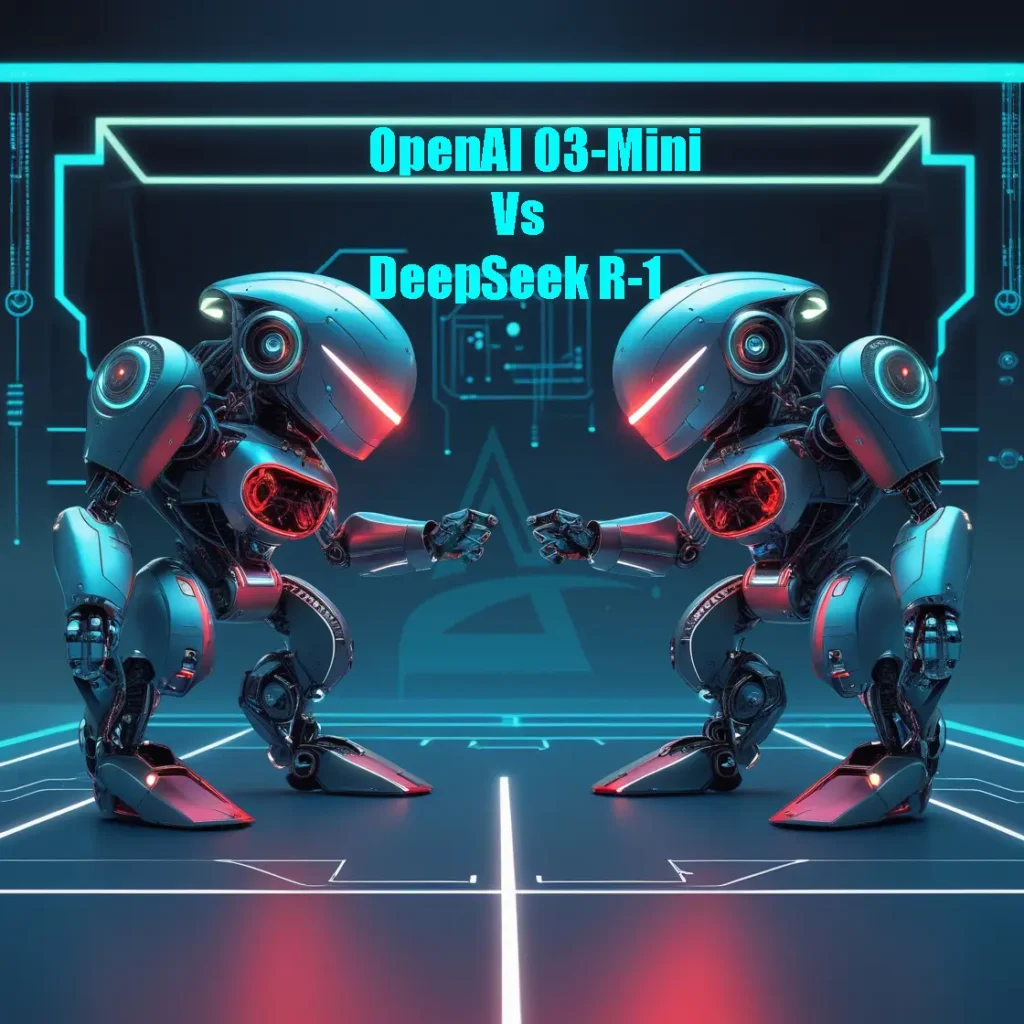The AI landscape is evolving rapidly, and two emerging models, OpenAI o3-mini Vs DeepSeek-R1, are making waves in the industry. These models bring unique capabilities, optimized architectures, and varying performance metrics that cater to different AI applications. In this article, we provide an in-depth comparison between OpenAI o3-mini VsDeepSeek-R1, examining their architecture, performance, use cases, and limitations to help users determine which model best suits their needs.
What is OpenAI o3-mini?
OpenAI o3-mini is a lightweight version of OpenAI’s latest generation of language models, designed for high efficiency, faster inference times, and cost-effective deployment. Despite its smaller size, it performs highly in various natural language processing (NLP) tasks, including text generation, summarisation, and conversational AI.
What is DeepSeek-R1?
DeepSeek-R1 is an AI model developed by DeepSeek that is optimized for reasoning, multilingual understanding, and enhanced contextual awareness. It is known for its robust performance in logical reasoning tasks and excels in code generation, document comprehension, and multi-turn conversations.
Architectural Differences
OpenAI o3-mini Architecture

- Transformer-based architecture with optimized token efficiency.
- Fine-tuned for low-latency inference.
- Uses a distilled knowledge approach to maintain efficiency while retaining high accuracy.
- Better adaptation for real-time conversational applications.
DeepSeek-R1 Architecture
- Large-scale transformer architecture with advanced token comprehension.
- Enhanced reasoning capabilities, making it suitable for problem-solving applications.
- Optimized for multilingual understanding, making it a strong choice for global AI interactions.
- Uses longer context retention, helping it excel in tasks that require deep contextual understanding.
Performance Benchmarks
Natural Language Processing (NLP) Capabilities:
OpenAI o3-mini provides high-quality and efficient text generation, making it ideal for conversational AI and content creation. It is designed for speed and cost-effectiveness but lacks deep logical reasoning. DeepSeek-R1, on the other hand, is more context-aware, excelling in multi-turn conversations, code generation, and multilingual support. It also provides advanced problem-solving capabilities, making it a superior choice for logic-based applications.
Use Cases: Which Model is Best for You?
Best Use Cases for OpenAI o3-mini
- Chatbots and Virtual Assistants:
Its low latency and optimized responses make it ideal for real-time AI-driven assistants.
- Content Creation:
Generates human-like, coherent text for blogs, marketing copy, and storytelling.
- Customer Support Automation:
Efficient and fast responses make it a great option for automated helpdesk applications.
Best Use Cases for DeepSeek-R1
- Coding and Development:
Its superior logic-based reasoning makes it a good choice for AI-powered code generation.
- Legal and Technical Document Analysis:
Excels in breaking down complex, context-rich documents.
- Multilingual AI Applications:
Offers enhanced support for various languages, making it useful for global businesses.
Limitations and Challenges
OpenAI o3-mini Limitations
- Lacks advanced logical reasoning capabilities.
- Less effective in handling multi-turn, complex conversations.
- Limited support for non-English languages.
DeepSeek-R1 Limitations
- Requires higher computational resources.
- Slightly slower inference time compared to OpenAI o3-mini.
- Can sometimes generate overly complex responses, reducing readability.
Pricing and Accessibility
- OpenAI o3-mini is designed to be cost-efficient and accessible to small-scale developers and enterprises.
- DeepSeek-R1, due to its computational intensity, is priced higher and primarily suited for businesses requiring advanced AI capabilities.
Conclusion: Which Model Should You Choose?
Choosing between OpenAI o3-mini Vs DeepSeek-R1 depends on your specific needs:
- If you need a fast, efficient, and cost-effective model for real-time applications like chatbots and automated content generation, OpenAI o3-mini is the better option.
- If you require advanced reasoning, multilingual capabilities, and complex problem-solving, DeepSeek-R1 is the superior choice.
Both models cater to different user bases, and their effectiveness is dictated by the specific use cases they are deployed in. Whether you prioritize speed and efficiency or contextual understanding and logical reasoning, choosing the right model ensures optimal performance for your AI-powered applications.

